This post discusses how to create an effective home gym on a budget.
On social media, fitness is often portrayed as something that requires expensive gear and high-priced gym memberships.
It’s no wonder many people feel discouraged before they even begin their wellness journey.
The good news is, staying fit doesn’t have to cost a fortune, and you don’t even have to leave your house.
In this post, we’ll walk through how to create an effective home gym on a budget to help you achieve your fitness goals that much faster.
This post contains affiliate links, meaning that if you choose to click through and make a purchase, I will receive a small commission at no additional cost to you.
Why A Home Gym Can Boost Your Fitness
Not everyone is a gym rat. Some people prefer to exercise in the comfort of their own homes, and there are numerous benefits to doing so.
First, convenience. Working out at home can be ideal because everything you need is at your fingertips.
You don’t have to rely on favorable weather, all of your gear is in one place, and there are fewer excuses not to work out.
This makes it easier to stay consistent, which boosts both motivation and overall health. You can also be more flexible with your routine.
Whether it’s strength training, cardio, or yoga, it’s all available inside your home as long as you have space.
Another big reason to build a home gym is cost.
Commercial gyms can be expensive, not just for memberships but also for hidden fees that you might pay for years without realizing it.
On top of that, gyms often charge dozens, sometimes hundreds, of dollars for personal training sessions or fitness classes, which quickly adds up.
You can avoid most of these expenses by setting up a home gym with just a few low-cost items to support your workouts, such as a pull-up bar.
Or you could even use everyday objects like a water bottle or a backpack to intensify your exercises.
Finally, there’s the issue of access. At the gym, the equipment you need may not always be available, slowing you down or preventing you from finishing your workout.
At home, there’s no waiting; you’re in complete control of your fitness routine.
Building An Effective Home Gym on A Budget
If you’re interested in building an effective home gym on a budget, you don’t need much to get started. Just follow the simple tips below:
Set Your Fitness Goals
When starting any routine, the first step is to define your fitness goals. This matters because it gives you a clear starting point.
This makes it easier to match the right exercises to your goals and how much time it’ll take to reach them.
From there, you can start shaping a routine that actually fits your objectives.
Think about questions like: Do I want to build muscle, increase mobility, lose weight, or boost my cardio? What kind of space do I have to train in? Do I need any equipment to make it work?
Once you’ve nailed down your goals, you’ll be ready to move on to the next step.
Choose Your Fitness Area
Since it’s your home gym, it can be anywhere that works best for you.
Some people like training outside on the patio or in the backyard, while others set up in their bedroom, living room, or any open space big enough for workouts and equipment.
Just make sure the area has good ventilation, especially if you’ll be doing cardio, and keep it organized. Having a dedicated spot, no matter how small, can keep you consistent and motivated.
Start With Simple Equipment
Your exercise equipment doesn’t have to be fancy, and if you’re focused on being cost-effective, then it shouldn’t be too expensive either.
Since it’s a home gym, search around your house for everyday items that you can turn into fitness gear.
Empty water jugs or bottles can be turned into affordable, eco-friendly weights by filling them with sand, gravel, or small rocks.
You can adjust the weight to your needs and swap them out as necessary. Consider couches, chairs, and tables as well for bodyweight exercises.
For movements like carrying or lifting, old backpacks or totes work well when filled with items such as canned goods or bags of rice.
Even an old tire can become useful for push-and-pull workouts, much like the ones used in CrossFit.
A simple rope or cable that’s long enough to hop over can work as a substitute for a standard jump rope.
If you’d like to purchase fitness gear, here are some budget-friendly options to include in your home gym:
Dumbbells
Whether your goal is to build muscle mass or boost your metabolism, having the right equipment is essential.
Weights, however, can be pricey—often ranging from $2 to $4 per pound. That means a single dumbbell over 20 pounds could cost you more than $40.
For a well-rounded home gym, you’ll also want weights in different sizes to support a variety of exercises.
If you’re working within a budget, consider the cheap adjustable dumbbells listed below.
They come with a different set of weights (from 5lbs to 2lbs) to allow for progress or regression as needed. They also come in three other fun colors.
Adjustable Dumbbells
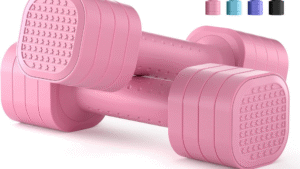
Resistance Bands
Resistance bands are another essential tool for strength training, especially for beginners.
Adding resistance to your workouts helps you build muscle and increase overall strength, making them a valuable part of any fitness routine.
Resistance bands are often inexpensive, versatile, and effective, making them an excellent addition to any home gym.
If you try this option, try this colorful resistance band value pack. They come in a variety of sizes and include handles and door anchors.
Resistance Bands
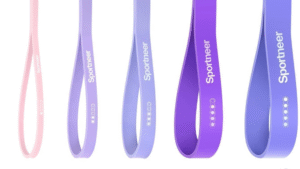
Fitness or Yoga Mat
For your home fitness space, a yoga or fitness mat is an affordable option; you can often find one for less than thirty dollars.
These mats protect your body from hard flooring and add a layer of cushioning when using weights or doing floor-based movements.
You can purchase a thin one if you prefer a better grip or a thicker mat, particularly to shield joints.
Try this fitness mat with 1/2 of extra thickness for high-density movements. It also has a range of other colors.
Fitness Mat
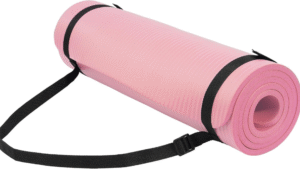
This thin yoga mat comes in many other colors and has a non-slip surface. Great for yoga, pilates, or any other fitness exercise.
Yoga Mat
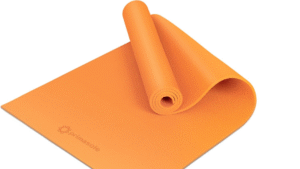
Your Home Gym
When building a home gym, it’s easy to assume we need all the equipment found in a professional fitness center.
In reality, it’s best to start with the basics and focus on your personal fitness goals.
Once you know whether you want to build strength, improve mobility, or support weight loss, designing your space becomes much simpler.
From there, you can gradually add equipment and accessories, many of which can be recreated with household items when needed.
If you have any questions or comments, leave them below or send a message through the contact page.
And don’t forget to sign up for the email list to stay updated on the latest posts. You’ll even get a free fitness guide when you sign up through the pop-up form.
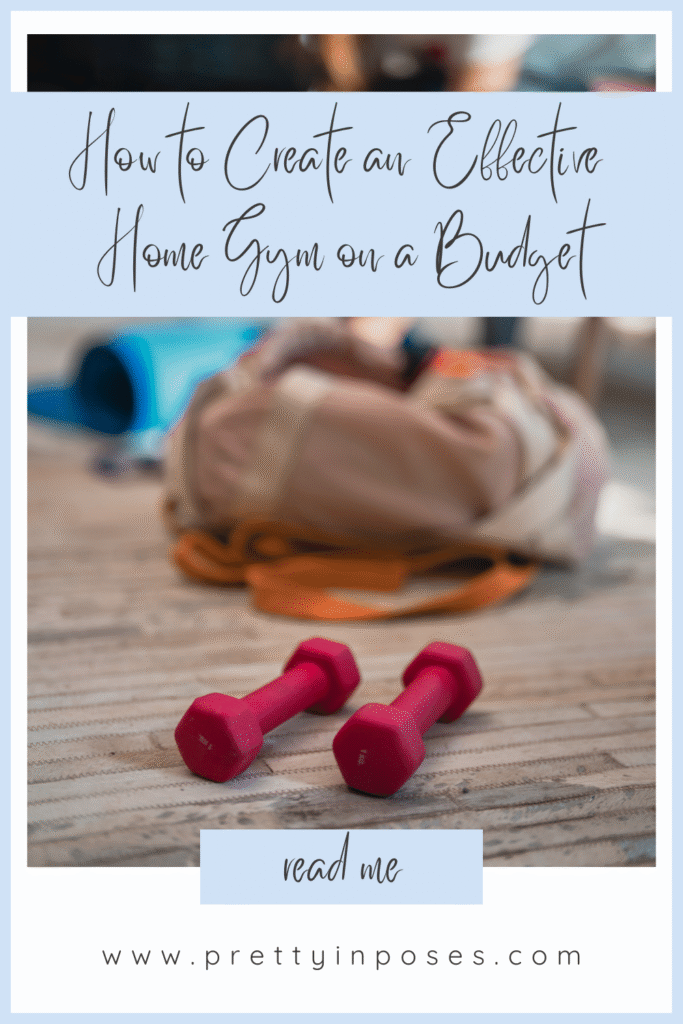
Guest Post

Brittany Strong has an associate’s degree in communications and is an engineering major at Florida Atlantic University. When she’s not in school developing apps, you can find Brittany playing with her Morkie Terrier or digging into a classic fiction novel.
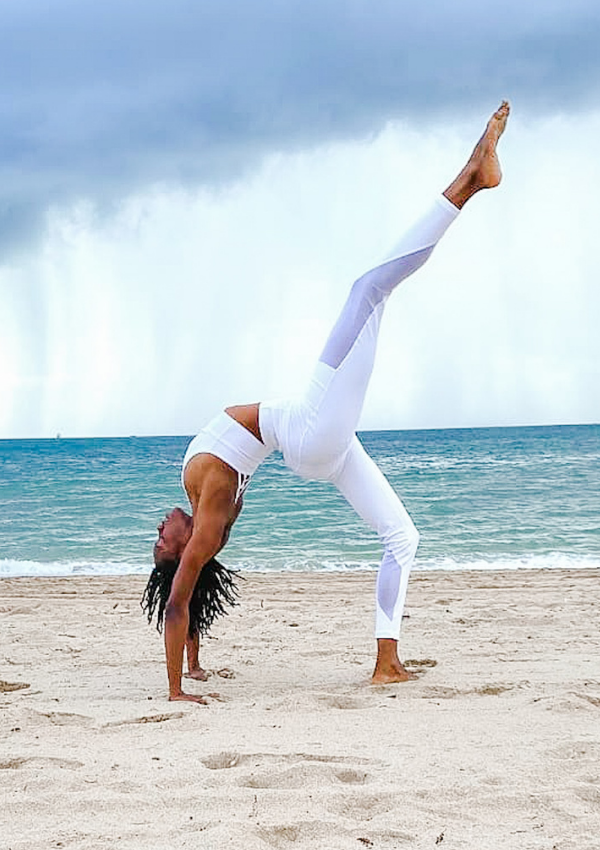
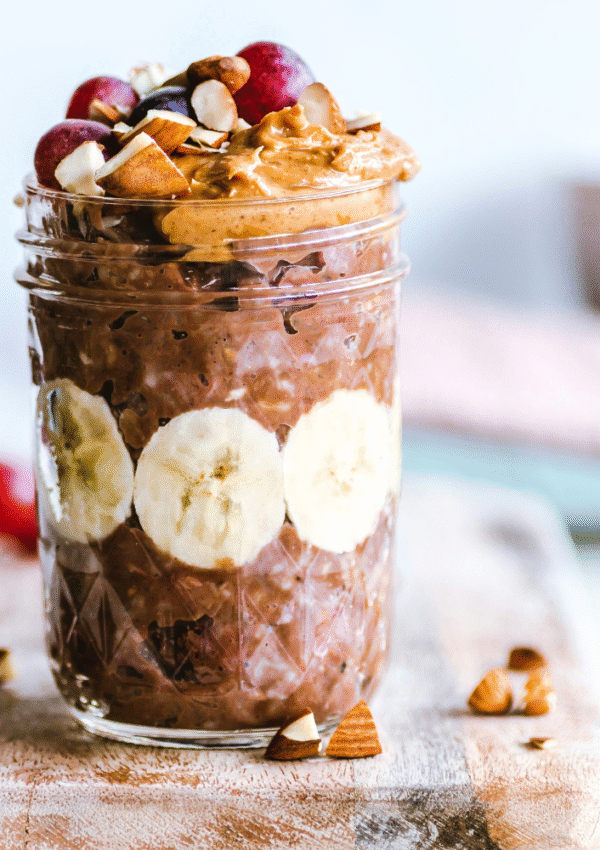

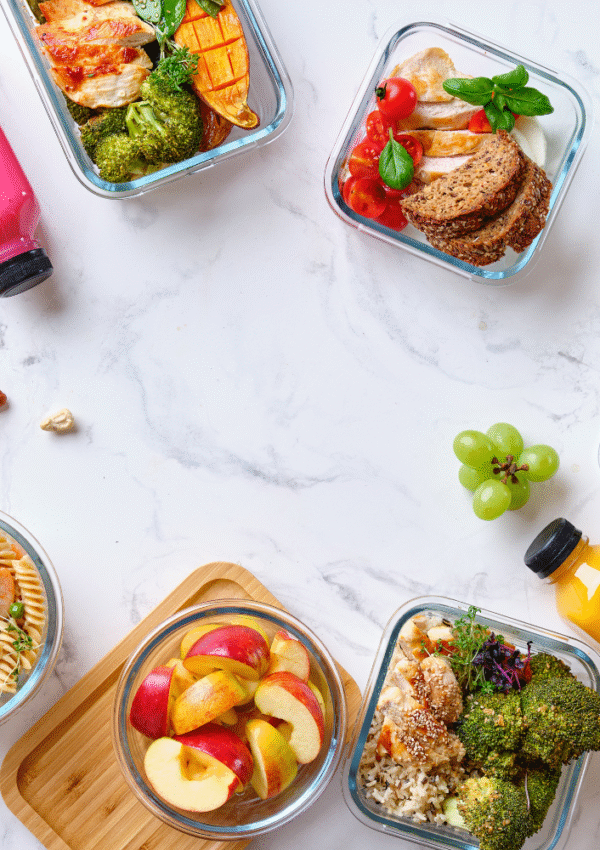
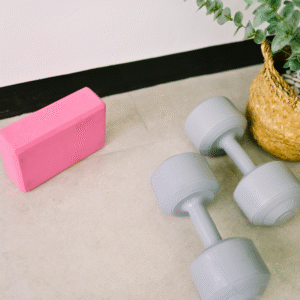

Leave a Reply